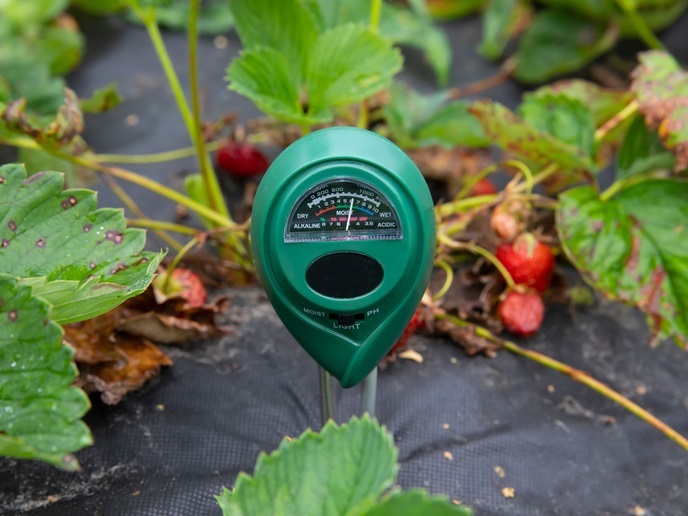Ants help identify new fungi
Biodiversity on Earth depends on speciation by natural selection; one important driving force of speciation is the evolutionary interactions between parasites and their hosts. The order Laboulbeniales (a type of fungus) is a little-studied group of microscopic ectoparasites of invertebrates, mostly insects. Ants provide an excellent model organism to study the interaction of Laboulbeniales with their arthropod hosts. The EU-funded ANTLAB(opens in new window) (Interactions between ants and laboulbeniales fungi) initiative set out to fill in the gaps in basic knowledge about the ant-Laboulbeniales system, and to foster deeper study of this interaction. The research included distribution mapping, investigation of the transmission between ant colonies, and testing the physiological and behavioural effects of these fungi on ant colonies. Researchers checked the ant collection of the Hungarian Natural History Museum to understand the distribution of Laboulbeniales fungi in the Carpathian Basin in Hungary. ANTLAB also checked the presence of the fungi on ant-eating insects. The team studied the mode of attachment and presence of penetrating structures in four of the six currently recognised ant-parasitising Laboulbeniales. ANTLAB examined whether silver nanoparticles (AgNPs) can exterminate the Rickia wasmannii fungus efficiently from its Myrmica scabrinodis host ant. The researchers simulated environmental stresses by depriving the ants of water and food to enhance the results. ANTLAB found that R. lenoirii and Laboulbenia camponoti are new species for the Carpathian Basin. The researchers found R. wasmannii thalli on larvae of the ant-eating hoverfly Microdon myrmicae and also on mites collected from M. scabrinodis nests. The team showed that AgNP topical treatment successfully eliminated Rickia infection from M. scabrinodis. The researchers also collected important DNA sequences from other Laboulbeniales species. By comparing infected with uninfected M. scabrinodis workers, ANTLAB showed that after 12 hours of water deprivation, infected individuals spent significantly more time consuming water. The researchers showed that the lifespan of the uninfected M. scabrinodis workers was significantly higher than that of the infected ones after food and water deprivation. These new results confirm that these interesting and understudied fungi deserve more attention. Additionally, basic questions are still open to research, such as how and from where these fungi get their nutrition.







